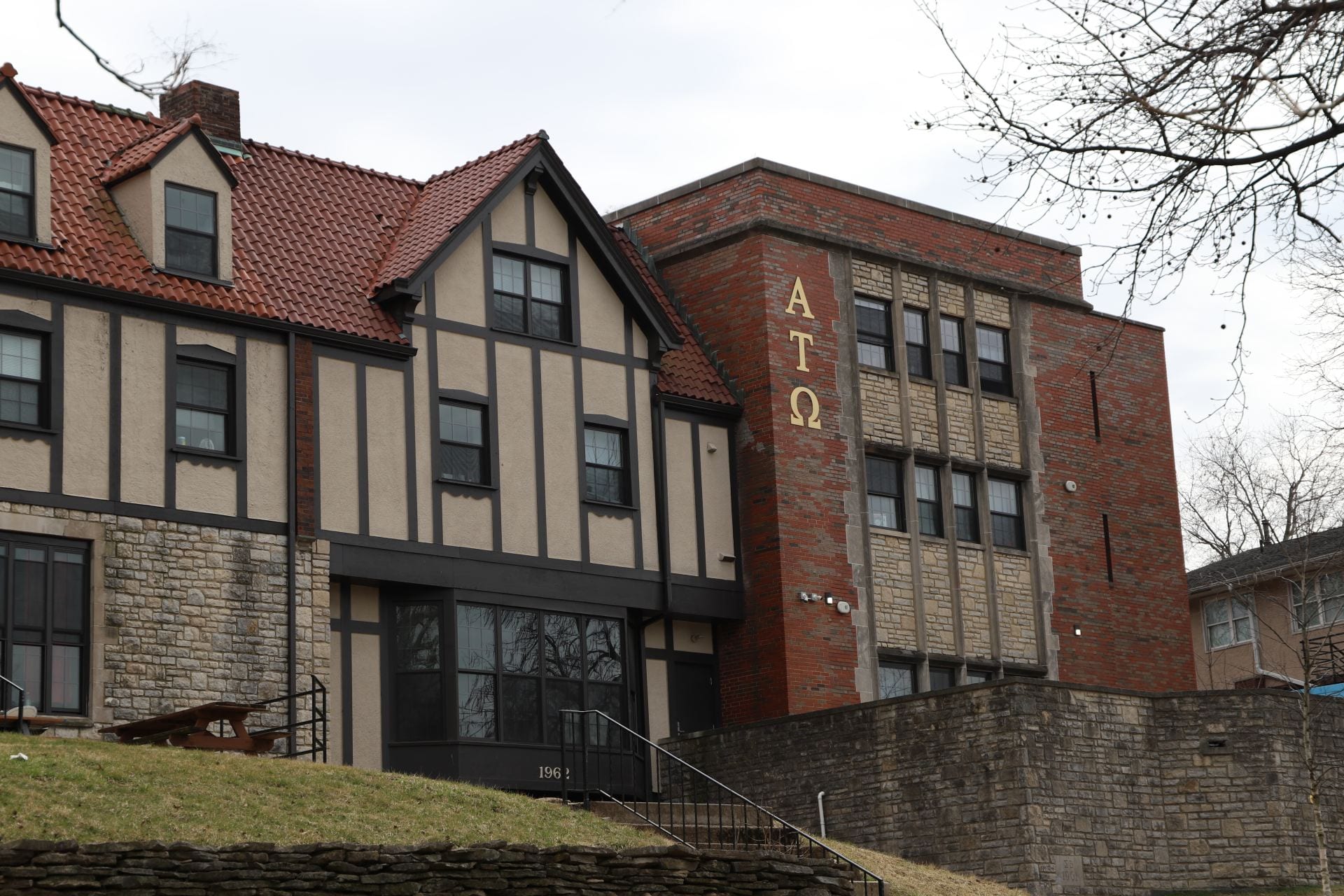
Paul Beck, professor emeritus of political science, discusses young voter turnout at his office at Mershon Center on Nov. 16. Credit: Sam Raudins | Social Media Editor
Election Day was characterized by a push for people between the ages of 18 and 24 to vote, specifically on college campuses. Following efforts to mobilize the college student vote, the Ohio State midterm elections turnout rate increased by more than 10 percent from 2014-18.
According to the National Study of Learning, Voting and Engagement on Ohio State’s Columbus campus, 21.8 percent of registered student voters cast a ballot in the 2014 midterm elections.
A Lantern analysis of data from the Franklin County Board of Elections showed voter turnout in Ohio State-area precincts ranged from 25 to 51 percent in 2018, with voter turnout in such precincts averaging about 35 percent.
Paul Beck, professor emeritus of political science, said voter turnout was higher than previous years, with 2014 being a low year in terms of youth voter turnout.
According to the Franklin County Board of Elections’ official results from 2014-18, precinct 41-G, which is home to the Park-Stradley and Smith-Steeb residence halls, saw an increase in voter turnout from 0.42 to 30 percent. Precinct 41-D, which contains Nosker House and Busch House, had an increase in voter turnout from 0.11 to 34 percent.
Precincts immediately surrounding campus also saw an increase in turnout, according to the data. Precinct 16-E, which spans from High to Summit Streets and from Lane to Northwood Avenues, saw an increase in voter turnout from 2.87 to 42 percent.
Precinct 41-E spans from High to Summit Streets and Indianola Avenue, and 11th to 15th Avenue shifted from 0.82 percent turnout to 32 percent.
Beck said the difference between the two midterm elections could possibly be attributed to young people’s attitudes toward President Donald Trump, motivating both his supporters and critics to vote.
“The preponderance of people in that age group are very negative about the president, and I think he really dominated the election,” Beck said.
Despite the increase in young voter turnout, Beck said the turnout did not meet his expectations, especially given the passion expressed over tragedies such as the Parkland shooting in February.
“One would expect more young people, who do care about politics often, to actually turn out to vote in elections,” Beck said.
He said turnout rates for young voters were not higher due to motivation and costs such as registering, making time and focusing on peer group culture.
“The actual turnout is a function of how motivated you are — how much you care — and what kinds of costs you have to incur, and the two kind of interact with each other,” Beck said. “The more motivation you have, the more likely you’re willing to pay high costs.”
In the weeks leading up to the elections, campus was dotted with voter registration tables and programming in an effort to increase turnout from organizations, such as OSU Votes — a student-led movement that seeks to motivate students to vote.
“I think we are doing a better job on campus of ingraining this civic spirit in people,” Andrew Schulman, a fourth-year in public affairs and co-president of OSU Votes, said.
OSU Votes increased efforts to create approachable programming on campus, all of which fell under the framework of the Big Ten Voting Challenge, Schulman said. This included voter registration, tabling, workshops in classrooms and transportation of paper ballots.
OSU Votes also engaged campus partners, such as Ohio State Athletics, Schulman said.
Undergraduate Student Government, a collaborative partner of OSU Votes, also mobilized efforts to increase student turnout, said Julia Dennen, a third-year in public affairs and director of USG governmental relations.
“We did registration in the residence halls. We registered over 600 new voters,” Dennen said. She added that USG made posters and distributed polling information to students.
Despite the push to engage student voters, Schulman said the credit for the increase cannot be placed on any one entity.
“Being honest, a two-fold increase does not happen because of the work of one organization; it happens because of a culture change,” Schulman said.


